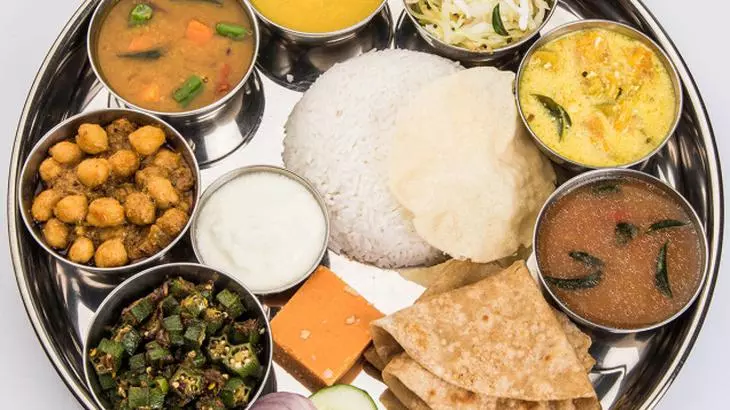
Thalinomics and the improved affordability of a plate of food
by Meenakshi Verma AmbwaniMove over the Big Mac Index! The Economic Survey 2020 has made a unique attempt to quantify the cost incurred in putting together one complete home-made meal — the healthy Indian thali.
A trend of coining new terms was set by the former Chief Economic Adviser (CEA) Arvind Subramanian. Now, his successor Krishnamurthy Subramanian has carried forward the legacy. Thus, we have Thalinomics, which captures the economics of a plate of food in India.
Despite recent concerns about rising food prices, the Economic Survey has stated that between 2006-07 and 2019-2020, the affordability of the vegetarian thali has improved by 29 per cent and that of the non-vegetarian thali by 18 per cent.
The analysis is based on data on prices gleaned from the Consumer Price Index for Industrial Workers for around 80 centres in 25 States/UTs from April 2006 to October 2019 .
What’s in the thali?
Thali prices represent the total money spent on preparing dishes for a meal in a household.
The Survey calculated thali prices of 25 States and UTs by taking into account the prices of cereals (rice/ wheat), sabzi (vegetables, other ingredients), dal (pulses with other ingredients) as well as the cost of fuel. It also looked at an industrial worker’s ability to pay for two thalis a day for his/her household of five individuals.
For instance, a vegetarian thali consisted of 300 gm of cereals (rice and wheat), 150 gm of vegetables and 60 gm of pulses. In a non-vegetarian thali, the pulses are replaced by 60 gm of non-vegetarian components keeping in mind prices of eggs, fresh fish and goat meat. It also took into consideration prices of ingredients such as spices and condiments such as mustard oil, coconut oil and groundnut oil, turmeric and chillies. For fuel, cooking gas prices as well as firewood prices were taken into consideration.
Based on absolute thali price trends, the Survey concluded: “After 2015-16, an average household of five individuals that eats two vegetarian thalis a day gained around ₹10,887 on average per year, while a non-vegetarian household gained ₹11,787 on average per year.” Gains here are spends that households saved on due to moderation in the prices of commodities.
Jharkhand thali cheapest
Jharkhand emerged as the State with the cheapest vegetarian thali during April-October 2019. “Two vegetarian thalis for a household of five in Jharkhand required about 25 per cent of a worker’s daily wage,” it pointed out.